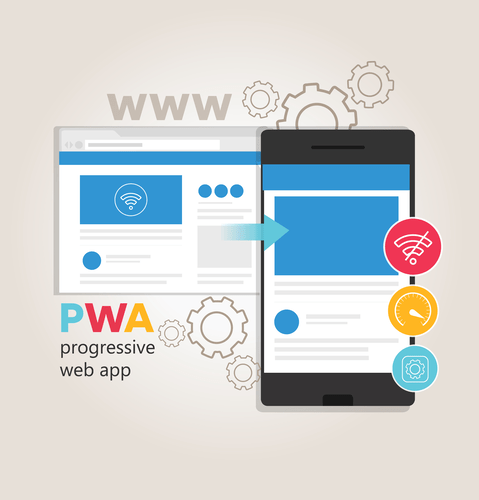Ultimately, it gives you a way to streamline the way you work, increasing efficiency and productivity within your teams. Team roles aren’t as important in scrumban as they are in other methodologies. For example, there isn’t a defined scrum master, nor are product owners typically involved. The teams themselves tend to keep the same roles that they would have had before scrumban was implemented, but it’s not necessary. If anything, each team member should have a very specific role, as work is self-directed and people can select the tasks they want to work on. Specific roles help keep people working in their zone of genius.
Do not miss the opportunity to jump ahead of your competition. It joins the structure and predictive routines of Scrum with the process improvement capabilities of Kanban, allowing teams to be https://globalcloudteam.com/ more agile, effective, and productive. A Kanban board is a series of columns, each representing a stage in your workflow. Usually the far left column is usually where your “to do” tasks sit.
Scrumban: How to Combine the Best of Two Agile Methods?
This book is a collection of essays on the Kanban method and lean software development. It has successfully captured the imagination or the thought process that goes on in the world of software development. For the Scrumban methodology, you need to plan short standups to discuss the team’s plans. These meetings should also include your colleagues’ challenges and ways to overcome them. Thus, you can encourage team bonding and spontaneous interaction.

This can open the door for teams to invent their own, which may or may not be a benefit to the project. One of the advantages of the scrumban process is that it saves time. That’s because there’s no sprint planning every couple of weeks. Plans are only made when there’s a demand for the team to make them, such as when the work in progress falls below a predefined threshold. So, here are two seemingly unrelated agile methodologies that fall under the larger umbrella of project management.
Deliver your projectson time and under budget
Scrumban is a great solution for teams who need the structure of Scrum with the flexibility of a flow-based method, or for teams who are looking to transition from Scrum to Kanban. Many teams use Scrumban as a transition point between a less mature and more mature Agile practice. Teams practicing Kanban measure lead time and optimize their processes to improve lead time, with the goal of achieving a continuous, predictable flow of value to their customers. The Scrum process requires the use of fixed-length development cycles called sprints, which usually last between 1-4 weeks.
- Scrumban helps you break away from that by giving your team more control over not only the tasks they’re taking on, but the way you’re working.
- Team members aren’t inclined to take on more work than they can manage or juggle many jobs at once since there isn’t a constantly updated backlog.
- Web scraping, residential proxy, proxy manager, web unlocker, search engine crawler, and all you need to collect web data.
- It gives us more flexible planning options, faster output, clearer focus, and transparency throughout the development cycle.
- It’s also a simple approach to learn because it doesn’t have the same level of complexity as Scrum .
- This allows you to keep multitasking to a minimum, resulting in better productivity.
Work is prioritized based on the complexity of the task and product demand. Unlike Scrum, it does not require a huge overhaul of team structure or work management. Scrumban when to use scrumban takes from scrum such decision-making as figuring out how much work can be done in a sprint and prioritizing what is the most important task to work on next.
The ‘Scrum’ Part of Scrumban
And, if they do try to, there aren’t as many tasks they can choose from. The original idea came from kaban and the metric measures how much time it takes the team to complete each task. Lead time measures this from when a task has been added to the backlog, while cycle time measures the period from when a team member pulled the task into work-in-progress. If they are calculated correctly and if the tasks are similarly scoped, lead and cycle time can be used for project estimations. Scrumban combines the advantages of timeboxing tasks into sprints and releases with the versatility of adding new work and dealing with business-as-usual tasks.
Before we dive into how Scrumban helps teams effectively stay on track, let’s take a quick look at Scrum and Kanban individually. When it comes to agile methodologies, Scrum and Kanban are popular choices. Then we’ll look at various Scrumban characteristics and go over the essentials of Scrumban planning.
Scrumban vs Kanban compared
Gile is becoming more and more popular and the majority of companies adapt its methodologies. Though Scrum is by far the most frequently used Agile framework, some organizations find it difficult to implement and choose Kanban model for their software development. But this work is not done until the necessary analysis is completed, which falls under the scrum definition of ready.
The team produces work in small batches and then looks at what they’ve done before planning more work. The roles include the scrum master, the product owner, and the development team. Task prioritization is so important with almost all project management methodologies.
Do you do bad practice Scrum or you Scrumban?
Begin to populate the to-do column with all the tasks of the backlog. Make sure to mark the on-demand planning trigger number as well. What Scrumban does take from Scrum is iteration planning and sprints. Now, the time-box constraints in Scrumban are not as strict as they are with regular Scrum. Still Scrumban benefits from this time-planning organizational structure of Scrum to help produce iterations in short bursts of work without being locked into long-term planning. These are primarily the freedom from the strict time-boxed iterations and sprint planning of Scrum with the flexibility of the pull system from Kanban.
